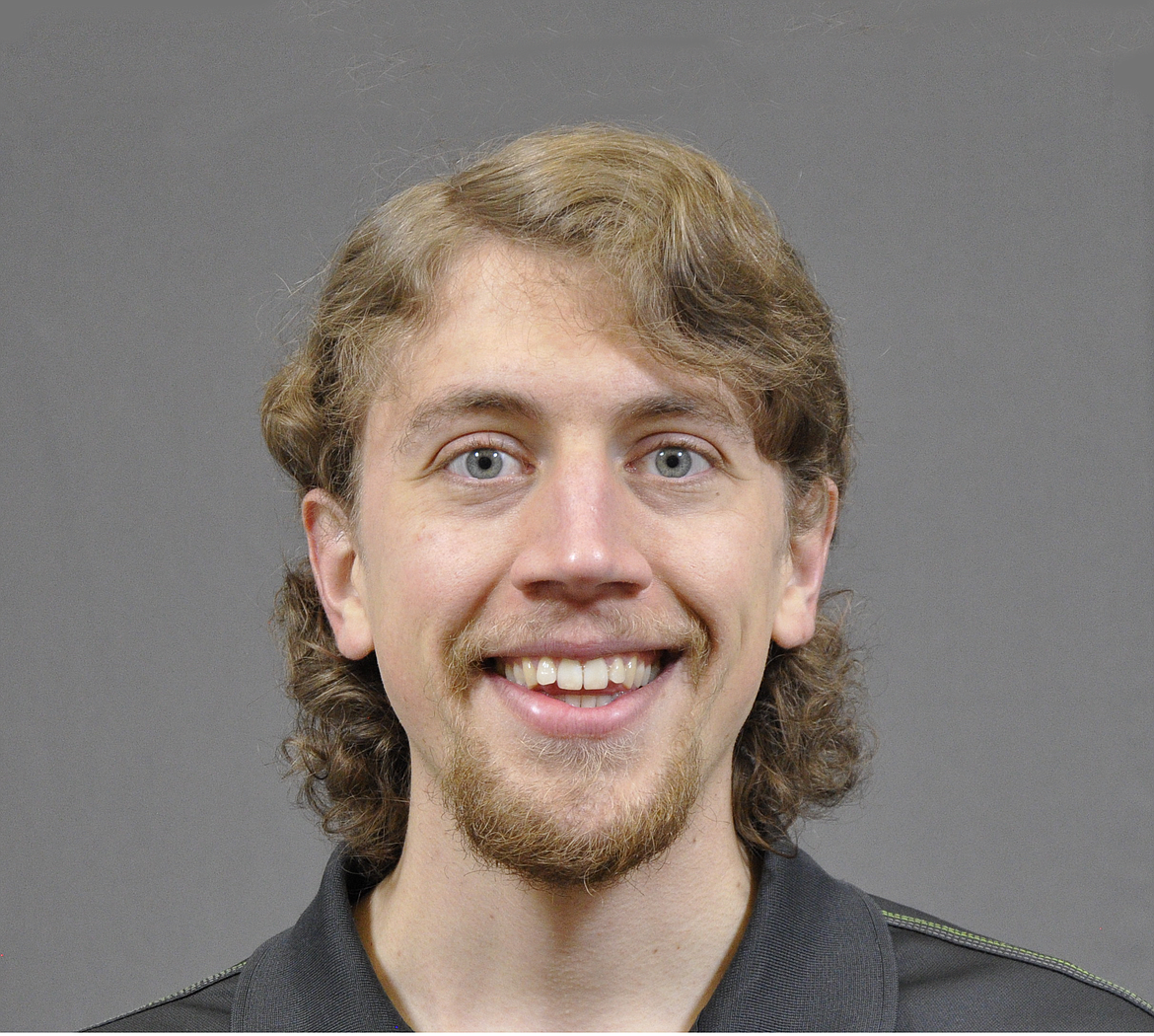Everyday physics, and your own particle accelerator
BRETT GREEN/Guest columnist | Coeur d'Alene Press | UPDATED 2 years, 5 months AGO
Today’s guest column is by Brett Green, a physicist I interviewed not long ago. Brett has a passion for making science relatable and meaningful in an everyday sense — something I enjoy and wanted to share with readers today. — Sholeh Patrick
• • •
I was interviewed recently for Sholeh Patrick’s column on chaos theory, a math and physics topic and subject of active research. However, the more exciting topics like this rarely reach people outside the bubble of academic research. Case in point, when graduating high school, I hardly knew any physics beyond Newton’s three laws. Now that I’ve taken the grand tour along the path of my physics Ph.D., I’d like to share what really goes on in physics labs … and sometimes at home!
The most high-profile physics subfield is high-energy and particle physics, where physicists try to break down atoms to find the smallest possible ingredients that make up everything — by literally ramming stuff together as fast as they can with particle accelerators like the Large Hadron Collider, the world’s largest in Switzerland.
Why does this matter? Breaking things down is how we learned what goes on inside atoms, and how electrons work. That knowledge underpins all modern electronics as well as nuclear technology. Plus, almost every one of us has a particle accelerator at home: a microwave, or an old-style CRT TV — the kind used before LCD became mainstream.
Speaking of modern electronics, the largest subfield is condensed matter physics, which focuses on the properties of materials, especially electronics. (I’m a condensed matter physicist.) We try to find new materials with useful properties for generating energy, storing information, you name it.
Most of your computer components, from chips to hard drives, came from insights in condensed matter. But condensed matter also answers questions close to home, as simple as why metal feels cold. (It’s because its electrons sap heat easily.)
Between these two subfields is atomic and optical physics, where physicists manipulate atoms in small groups, and study their interaction with light. The atomic scale is just large enough to build something interesting but also small enough to be manageable. A well-known device coming from this field is the laser, and on the cutting edge are optical tweezers, which are used in medicine and biology to pick up cells and other microscopic things, using just light.
Other physicists look at a bigger picture, on the scale of stars and planets (astrophysics) or galaxies, the universe, and gravity and relativity (cosmology), with the goal of understanding how the universe and its key players work and evolve. Even study on so grand a scale is essential for our everyday life. Without accounting for gravitational effects using general relativity, your GPS would be useless, erring by several miles a day.
These tend to be the largest research areas in physics, but there are certainly more such as plasma physics, nuclear physics, biophysics, and geophysics. While these labels are useful for organizing, it’s also worth noting that physics isn’t just a topic of study, but a style of study. For example, biophysics is roughly defined by the use of ideas from physics to solve problems in biology.
The defining traits of a physicist are to explore and seek to understand how things work — we open everything up to see how things work, and when a problem is too complicated to grasp, we try to boil it down to its key features and make a simplified model that’s easier to understand and explore.
I hope you’ve enjoyed this peek into what physicists really do, and what it means for everyone. If this sounds interesting to you, I encourage you to check it out, and if you meet one of us, to ask! We’re usually as excited to show and tell our research as a toddler would be with a new birthday present.
• • •
Brett Green grew up in Hayden, graduated from CDA Charter Academy, and has a Ph.D. in physics from Penn State University. If he'd studied the chemistry of acids instead of physics, he would've ended up with a “pH.D.” Email him at brettgreen@psu.edu.


